What to Pack Before You Go Off The Grid
Experts tell us what to throw together in case things go seriously wrong.
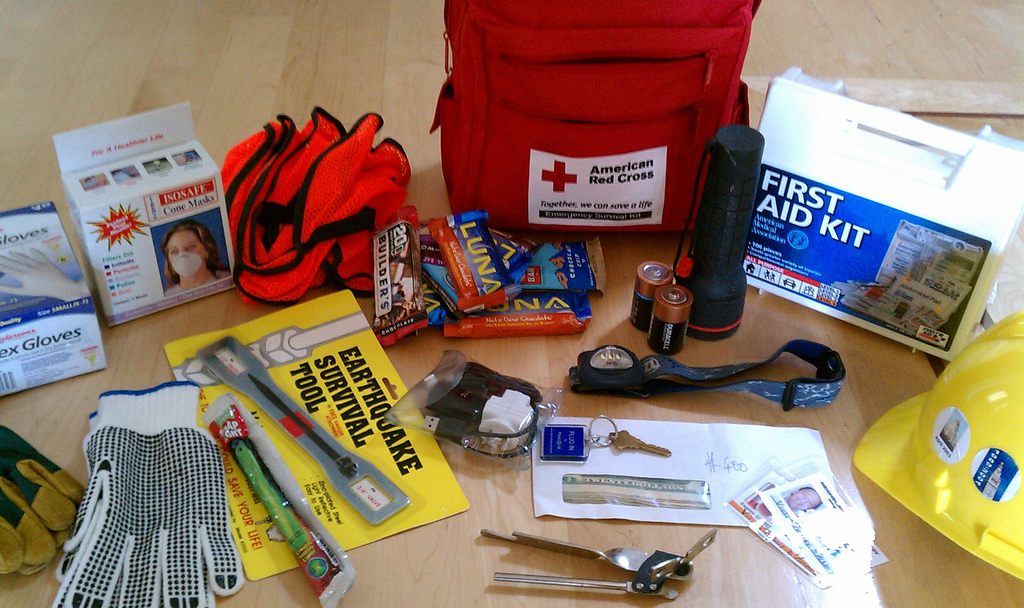
You never know when disaster might strike. Amidst mass panic, fear, and chaos it’s understandably difficult to keep logic and reason in check. The last thing you’d want to do when it’s time to flee your home is frantically pack random items you think you’ll need to keep you alive while trekking to what you hope will be a safer location with greater resources and protection.
Whether a brewing hurricane, an unexpected tsunami, or the ultimate doomsday scenario, survivalists and emergency preparedness experts have come up with various guides to creating your ultimate bug out bag, a portable pack stocked up with the absolute necessities to help you stay alive for three days in the event of a natural or man-made disaster.
“Disaster can strike at any time and knowing what to do and how to respond in that time of emergency could mean the difference between life and death,” says Andrew, who declined to give his last name, co-founder of Bug Out Bag Academy, a website dedicated to the bug out bag. “I wish that didn’t sound so gloomy, but the flipside of that coin is having preparations like bug out bags can give us much needed hope and assurance in a time of chaos.”
In the face of a disaster, every minute counts. Being prepared with an up-to-date list of core items to quickly pack into a bug out bag could save crucial time. Andrew suggests reviewing the contents of a bug out bag at least every six months to make sure you’re adequately prepared.
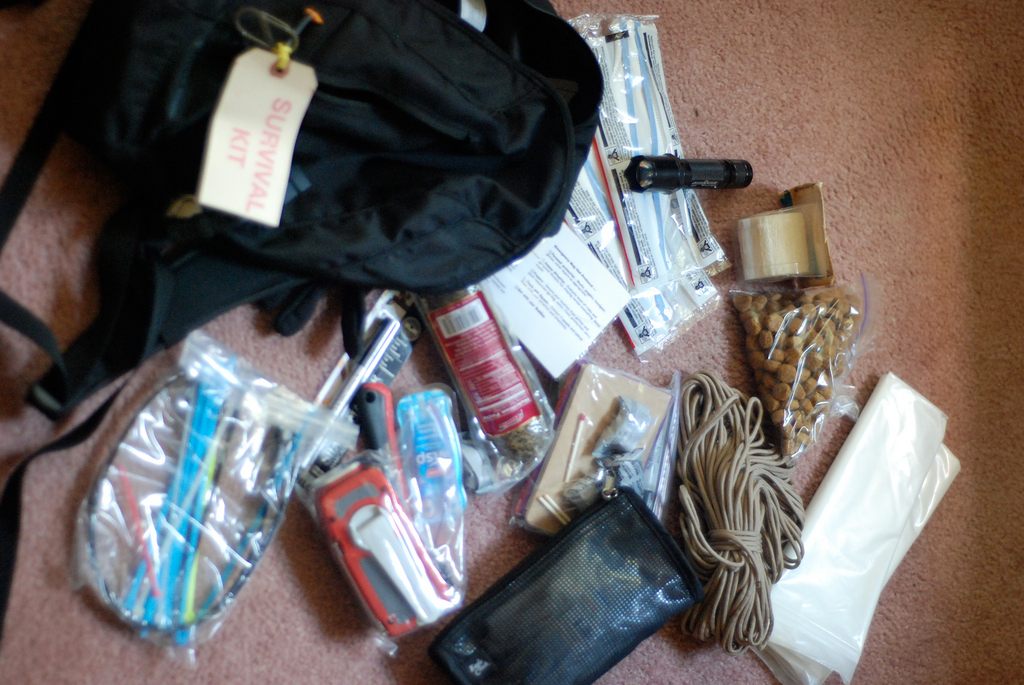
The origin of the bug out bag is said to derive from military pilot “bail-out-bags” that contained several critical survival items in the event that the plane went down, Andrew explains. Today, these bags are meant to assist you when the environment you are in is no longer safe and hunkering down isn’t an option. In these life-threatening scenarios, you are forced to move to a relative’s home or designated emergency shelter, such as a hospital, hotel, or church—a bug out site. However, bug out bags and survival kits are a widely debated topic. Some bug out bag items are obvious and ubiquitous (water and medical supplies), while others may rile up criticism. For instance, Bug Out Academy’s guide of 75 essential items differs from the Survivalist Blog’s list and the Navy SEALs’ survival bag. Some experts question the value of even having a bug out bag.
“Unfortunately, compiling a bug out bag isn’t as easy as pushing a button and ‘poof,’ there it is. We wish it was, but that’s just not practical given all the unique variables to an individual’s situation,” says Andrew.
While the contents of a bug out bag may vary based on numerous factors (personal needs, location, mode of transportation, the state of the disaster), there are some items and tips that many agree you may want to consider.

“One of the key points is that you want to go basic and you want to go simple,” advises Robert Kauffman, a parks and recreations professor at Frostburg State University in Maryland who teaches an emergency preparedness and doomsday preppers class. “Don’t assume that you’re going to have all this high-tech stuff with you. Don’t assume that cell phone towers are going to be working.”
Cellphone towers might be down or overloaded, rendering mobile devices useless. Richard Mitchell a wilderness survival instructor at Oregon State University recommends throwing out the cellphone completely, and instead learn how to read a topographic map and standard magnetic compass.
“One the biggest, most recurring problems is navigation,” says Mitchell. “It’s the thing that’s most opaque these days because people have electronic instruments that they wave around in hopes that it’ll tell you where to go.”
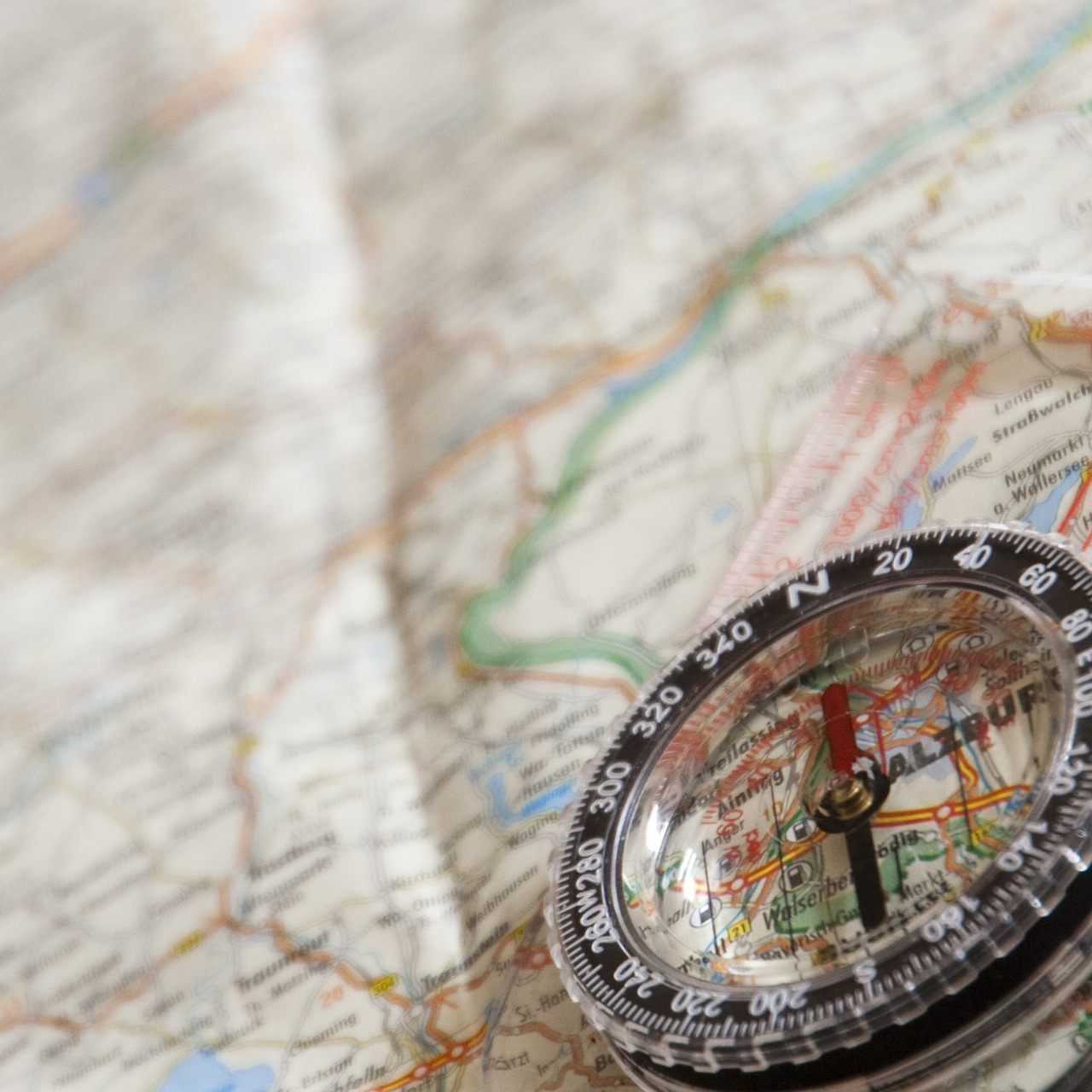
After navigation, you should think about the basics of survival, maintaining fundamental body functions, such as core temperature and blood temperature, says Mitchell. He follows the “old rule of three”: you cannot survive three minutes without air, three hours without shelter (in most environments in the United States), three days without water, three weeks without food, and three months without human contact.
Guides almost all include first aid items in the bag, like antibiotics, disinfectant bandages, and small surgical tools. A simple bar of soap to wash your clothes, clean your skin or an injury, can be a critical item, says Mitchell. Something that can’t be included in a first aid kit, but is essential are immunizations. “Diphtheria, tetanus, typhoid. Those in major disasters do become relevant,” he says.
Exposure, especially being wet, kills. To protect yourself from the elements, Bug Out Bag Academy and Mitchell recommend water proof clothing (from top to bottom) as well as multiple pairs of socks, underwear, a hat, gloves, and sunscreen. It’s useful to have tools to start a fire, such as a butane lighter, and flashlight or headlight for a light source.
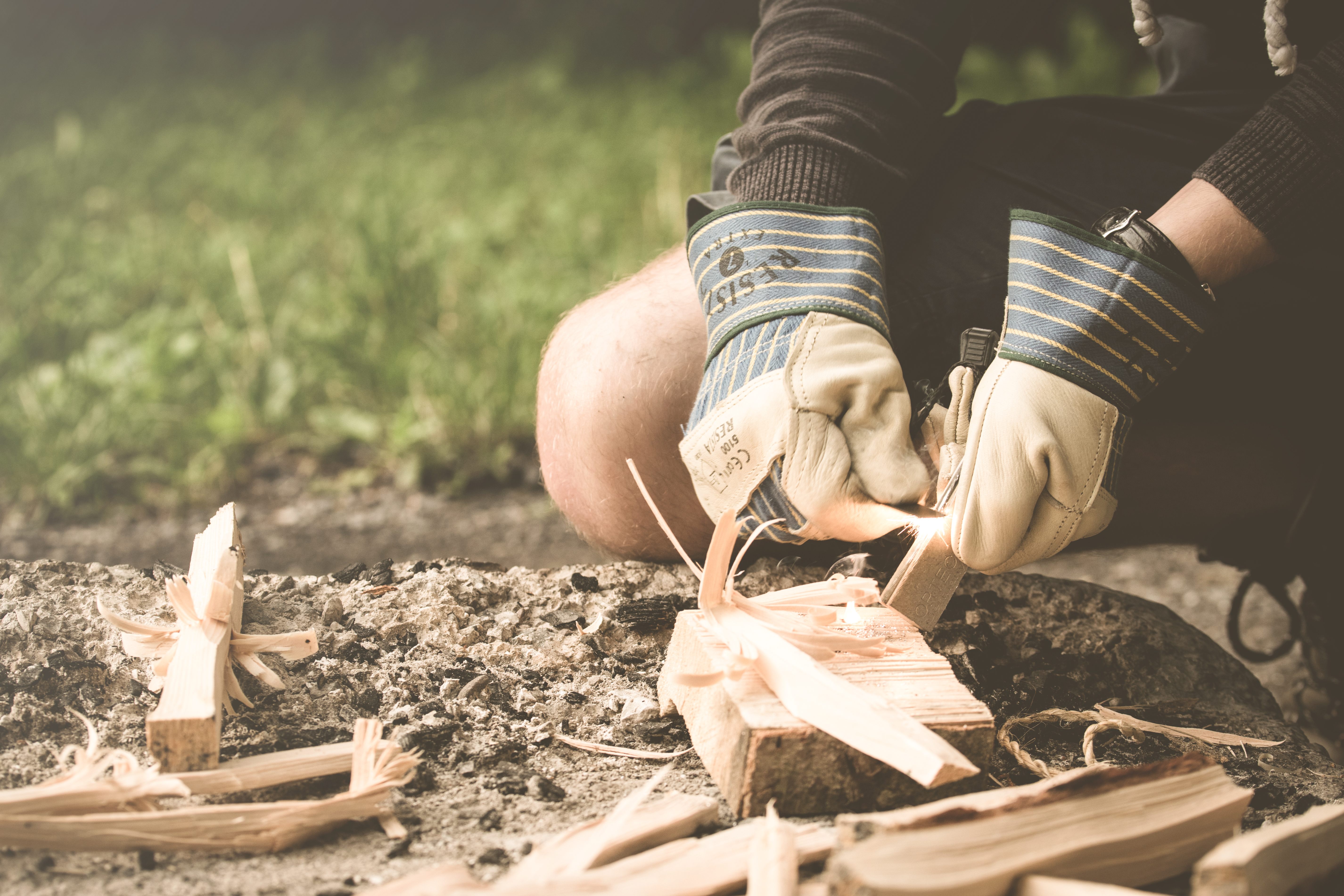
There are other items to include in a bug out bag that don’t directly contribute to basic survival, but are staple necessities such as money in the form of cash—particularly small bills. During disasters, “cash is king,” says Kauffman. You may not be able to withdrawal cash or use credit or debit cards if electronic systems are down, he says. “If all you have are fifties and hundreds, you might go to a grocery store to find that they don’t give change.”
There are several recommended bug out bag items that have stirred heated discussion, such as cooking utensils which people argue add unnecessary weight. Bug Out Bag Academy’s guide mentions non-lubricated condoms in the miscellaneous section, earning some vocal feedback from community members. “You wouldn’t believe some of the comments we didn’t approve for viewing by the general public,” says Andrew, who explains that they are actually quite durable and can serve as a water container or keep fire tinder dry. “Items like this that can serve multiple purposes in your bug out bag are a great help to reduce weight and bulk.”
But perhaps the most controversial are self-defense tools. Some may choose to pack firearms to help with defense or with hunting. Others may opt for pepper spray or choose not to carry any weapon at all. “While we think a critical element to any bug out bag is the personal ability to defend yourself and hunt for food if need be, we leave that up to the individual to decide,” says Andrew. “We say this because not everyone is sufficiently trained to properly handle and use a firearm, nor defend themselves. Just like a bug out bag, a weapon will not protect you, unless you know how to properly use it.”
Nifty tools and weapons aside, one of the most powerful objects in a bug out bag is a trinket, good luck charm, or picture of a loved one, says Mitchell. “It’s worth all the ammunition in your 9-millimeter [handgun],” he says. “Something that reminds you of hope is a very powerful tool.”
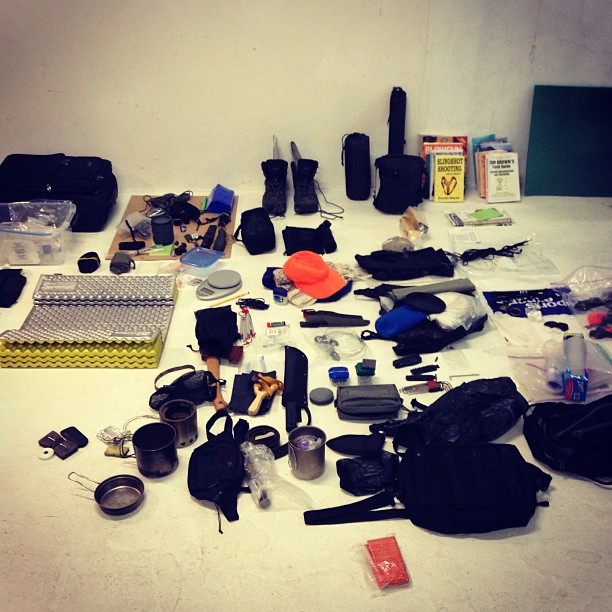
Mitchell and other experts argue that a bug out bag is seemingly inconsequential if you do not have the necessary skills to survive in an extreme disaster scenario. People are much more tool oriented than skill oriented, leaving many unprepared when encountered with uncertain conditions and events, he says.
“The biggest misconception is that bug out bags has to be that the bag and its contents will, in and of themselves, keep you alive. Nothing can be further from the truth,” says Andrew of Bug Out Bag Academy. Andrew, Mitchell, and Kauffman advise familiarizing yourself with your personalized bug out bag and the items within. You’ll be happy knowing basic survival and navigational skills when others scramble in panic during zombie apocalypse or alien invasion, or any cataclysmic event.
“If you don’t see why knowing about emergency preparedness is a good idea, just turn on the TV and watch the nightly news,” says Andrew. “Level heads prevail in times of calamity.”








Follow us on Twitter to get the latest on the world's hidden wonders.
Like us on Facebook to get the latest on the world's hidden wonders.
Follow us on Twitter Like us on Facebook